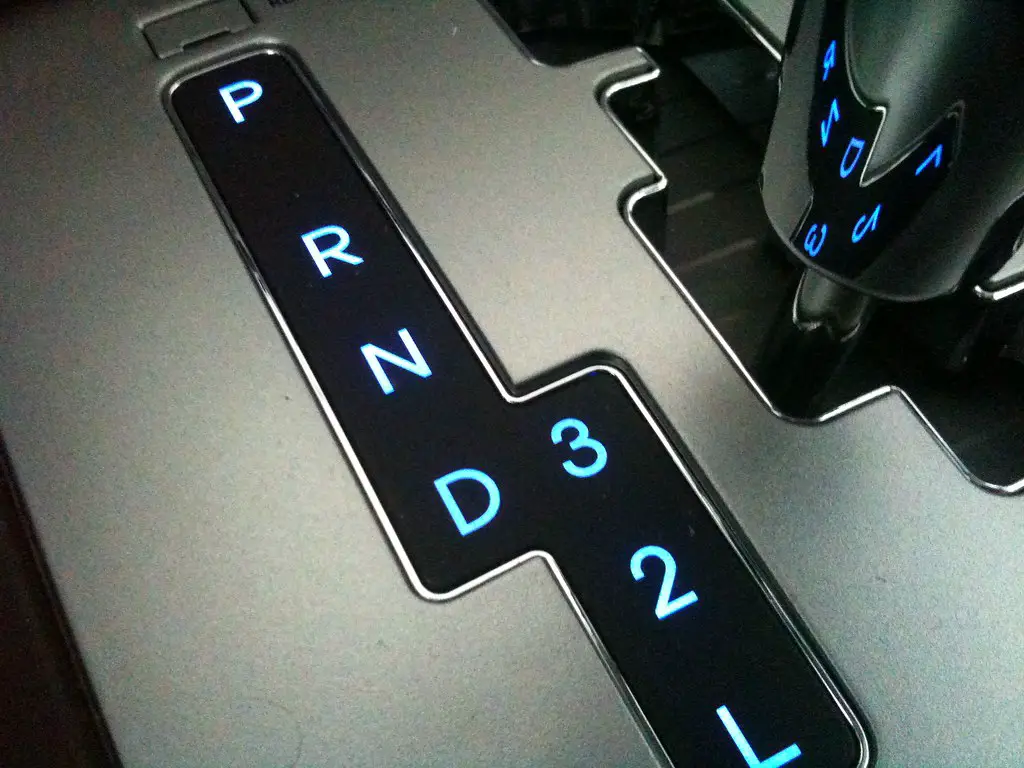Navigating the intricate world of cars can be overwhelming, especially when faced with the enigmatic array of letters on your gear shift. If you’re new to the realm of automatic transmissions, fear not – we’re here to demystify the gear shift and empower you with knowledge. Whether you’re a budding enthusiast or just want to enhance your driving skills, this guide will break down the essential concepts for you.
Cracking the Code: What Does the S Mean on a Gear Shift?
So, what does the S mean on a gear shift? The alphabet soup on your gear shift might seem like an enigma, but fret not – we’re here to unravel its secrets. Let’s start with the ever-elusive “S” – an insignia that stands for “Sport” mode. If you’re driving an automatic with this option, you’re in for a treat. When you engage Sport mode, your transmission takes on a sportier demeanor, holding onto lower gears for longer periods. This translates to higher revs and faster acceleration, giving you a rush of adrenaline as you command the road. However, remember that this setting comes at a cost: increased fuel consumption and potential wear and tear on the transmission. So, while it’s fantastic for a thrilling drive, it’s wise not to overindulge.
Mastering the Basics: PRND Explained
Before delving into the specifics, let’s unravel the fundamental gear positions. Imagine your gear shift as a linguistic journey with four key stops: Park (P), Reverse (R), Neutral (N), and Drive (D). These positions orchestrate your car’s movements with finesse.
- Park (P): The starting point. When in Park, your transmission disengages from the engine, rendering the car stationary and safe. Perfect for those engine-off moments.
- Reverse (R): Take a step back. Engaging Reverse propels your vehicle backward, allowing you to navigate tight spots or back out of parking spaces.
- Neutral (N): The neutral gear, like a brief pause. It’s vital for towing your car and disengaging the transmission while the engine runs. A must-know for any car owner.
- Drive (D): The main event. Shift into Drive, and you’re ready to move forward. It’s as straightforward as it sounds.
Beyond the Basics: Exploring Additional Modes
The “S” isn’t the only letter that holds power in your driving experience. Depending on your car’s make and model, you might encounter an array of settings that offer tailored performance:
- Plus and Minus (+/-): These symbols invite you to take control. In some automatics, they enable manual gear shifting, allowing you to ascend or descend gears with precision.
- L for Low, H for High: These settings provide control over your vehicle’s power output. Low enhances power for uphill battles, while High reigns supreme in regular conditions.
- Terrain Modes: If your adventure involves diverse terrains, look for symbols depicting mountains, deserts, or mud tracks. These modes optimize your vehicle’s performance for specific landscapes.
- Eco Mode: Eco-conscious drivers will appreciate this mode, optimizing fuel efficiency by regulating various systems and providing a gentler ride.
Sport Mode: The Game Changer
Back to Sport mode – what makes it tick? Enthusiasts know it as a gateway to a more spirited driving experience. Think of it as a symphony of changes: the transmission becomes responsive, steering tightens, and the throttle gains urgency. You’ll feel the road like never before, but remember, moderation is key.
Finding Your Balance: Sport Mode’s Pros and Cons
Sport mode is more than a button – it’s an experience. Embrace its advantages, like enhanced acceleration, a captivating engine sound, and a more engaged driving encounter. Yet, tread carefully: it might lead to a stiffer ride, overconfidence on the road, and increased wear on your vehicle’s components.
Elevating Your Drive: When to Engage Sport Mode
So, when’s the right time to unleash Sport mode’s potential? Reserve it for those open roads or spirited drives through twisting lanes. Feel the rush as your car transforms into a performance powerhouse. However, remember to return to normal settings for everyday commutes – fuel efficiency and comfort remain paramount.
Sport Mode Unveiled: The Mechanisms at Play
Curious about the mechanics behind Sport mode’s magic? It’s more than a mere aesthetic change. Your transmission dances to a different tune, holding onto gears longer, while the throttle becomes an eager accomplice. Steering, suspension, and even exhaust notes can be altered, enveloping you in an immersive driving experience.
Embrace the Power Responsibly
While Sport mode holds allure, responsibility is paramount. Whether you’re enjoying the thrill of acceleration or reveling in the roar of the engine, safe driving practices and regular maintenance always take precedence.
Final Thoughts: Your Driving Adventure Awaits
Each letter on your gear shift is a portal to a unique driving experience. Whether you’re gliding through traffic in D, conquering challenges in Low, or embracing the exhilaration of Sport mode, your car is a canvas for exploration. So, fasten your seatbelt, adjust your gear, and embark on a journey where every shift carries you closer to the heart of your machine.


